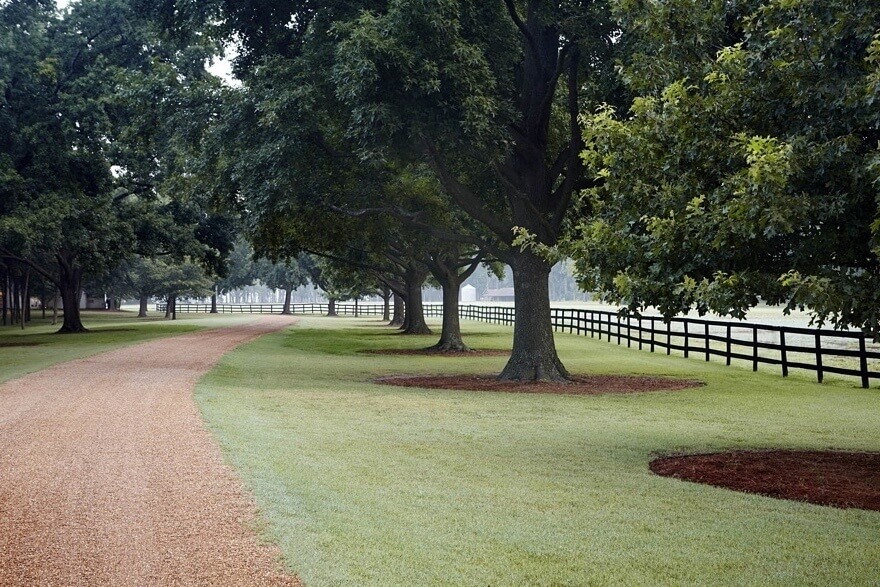When Josiah Wilson crossed the Mississippi River into the delta country, way back in 1846, he discovered thousands of acres of timber and swamps. What most would consider unproductive land, Josiah saw as an opportunity: cut the trees, drain the land and plant cotton on the fertile soil that lay underneath.
And that’s just what he did.
Josiah Wilson passed away in 1870, leaving behind his wife and 5-year-old son, Robert E. Lee Wilson, known simply as “Lee.” When Lee’s mother died in the Yellow Fever epidemic of 1878, leaving him an orphan, he was forced to relocate to Covington, TN, where he lived with family — unhappily — until he was 15 years old. That’s when he left Covington, crossed the Mississippi River just as his father had done years earlier, and Lee picked up where Josiah had left off, turning what is now known as Wilson, Arkansas into one of the most productive cotton-producing towns in American history.


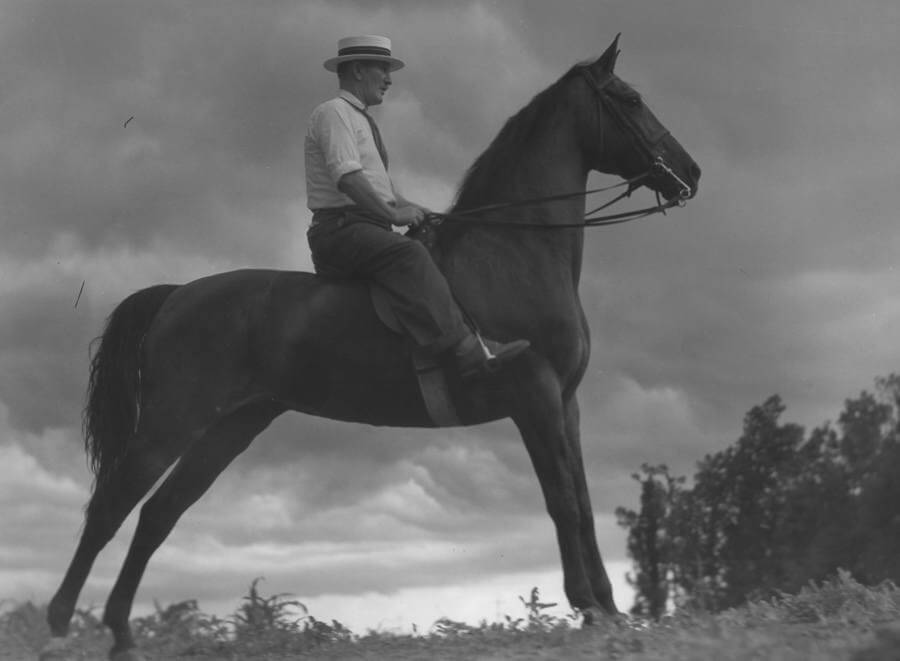
Wilson’s post-Civil War agricultural significance is undeniable, enjoying its heyday at a time when laborers were headed west in search of work in the timber industry, which is exactly what Lee Wilson had to offer. He adopted the tenancy and sharecropping system of farming, which replaced slave labor, though many argue it was just another form of slavery. Regardless, that practice began to wane in the 1930s during the Great Depression. Machines took the place of people, which led to the demise of Wilson as its residents left in search of work and a better life.
Fast forward to 2010, when agricultural leader and businessman Gaylon Lawrence, of the Lawrence Group, and his father Gaylon Lawrence Sr. purchased Lee Wilson and Company from the Wilson family, which included the town square as well as approximately 40,000 acres of land. Though Wilson was in a state of disrepair, the Lawrences — much like Josiah Wilson — knew it had tremendous potential. They also knew that unless salvaged, Wilson’s rich history would wither away along with all evidence of its impressive and storied past.
Today, town manager John Faulkner — along with a team of interested community members and strategic experts in a variety of fields — is leading the charge to ensure that Wilson’s renewal is a success. Everything from having the business façades on the town square repainted, to overseeing the building of the brand new Hampson Museum, which opens this fall, Wilson is indeed in the midst of a renewal, preparing for rich, new life that pays respect to its history in tasteful and enticing ways. Some of the town’s most iconic aspects are at the center of this renewal project, and quite eloquently share tales of the past while paving the way for future generations to appreciate and preserve the town’s cultural and historical significance.
Welcome to Wilson, Arkansas.

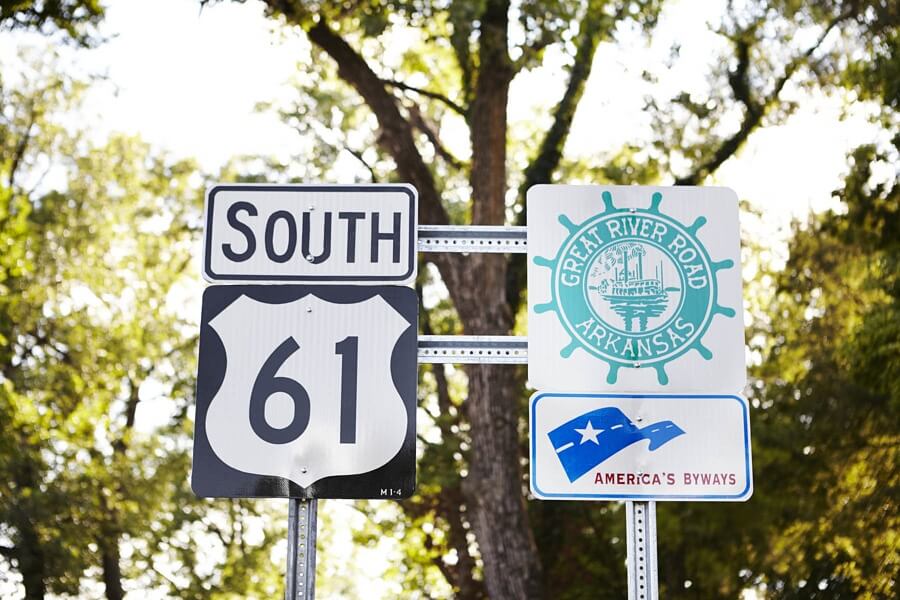
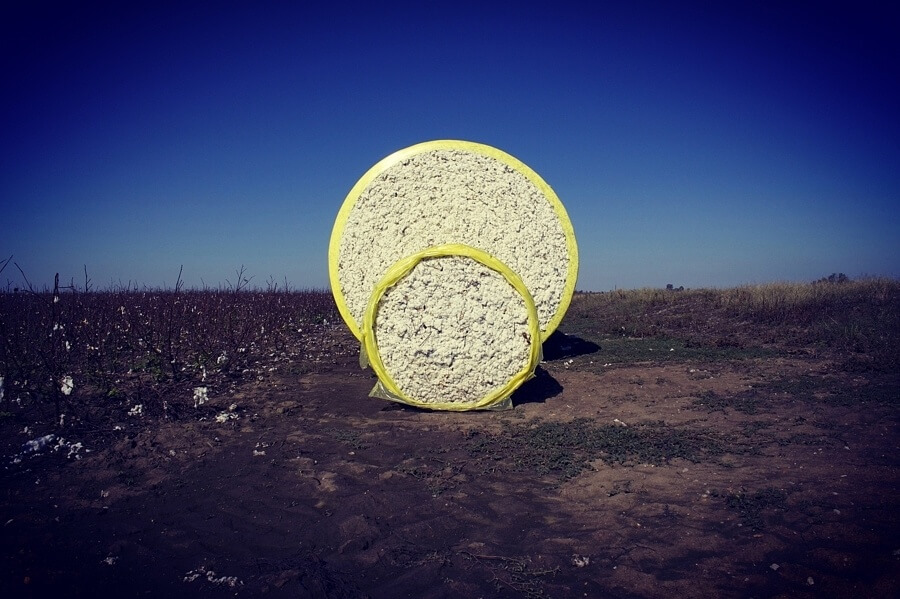
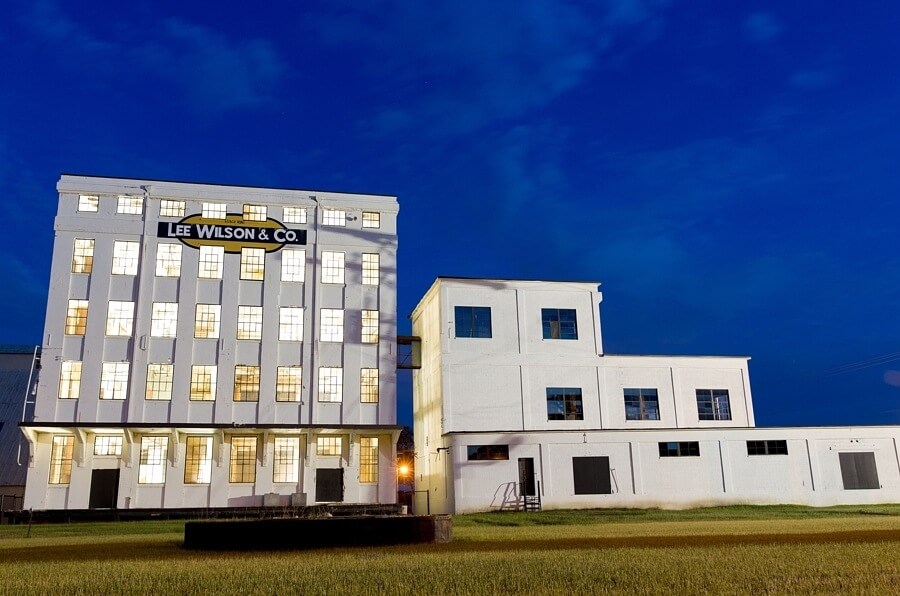
Wilson Gardens
In 2014, Wilson Gardens opened as the town’s community farm dedicated to fostering a healthy lifestyle in Wilson’s residents and beyond. Leading the charge is agricultural rockstar Leslie Wolverton, who cultivates sustainably grown fruits, vegetables and herbs on the Wilson Gardens property. Her produce and herbs are made available to locals by way of the Wilson Gardens CSA or on the menu at Wilson Cafe, found just across the street. Leslie also sends her food to some of the finest restaurants in Memphis, which is only about a 45-minute drive. Also on the property is The Grange at Wilson Gardens, a mixed-use venue designed by John Harrison Jones Architect out of Memphis. The space is used for concerts, classes and private events.

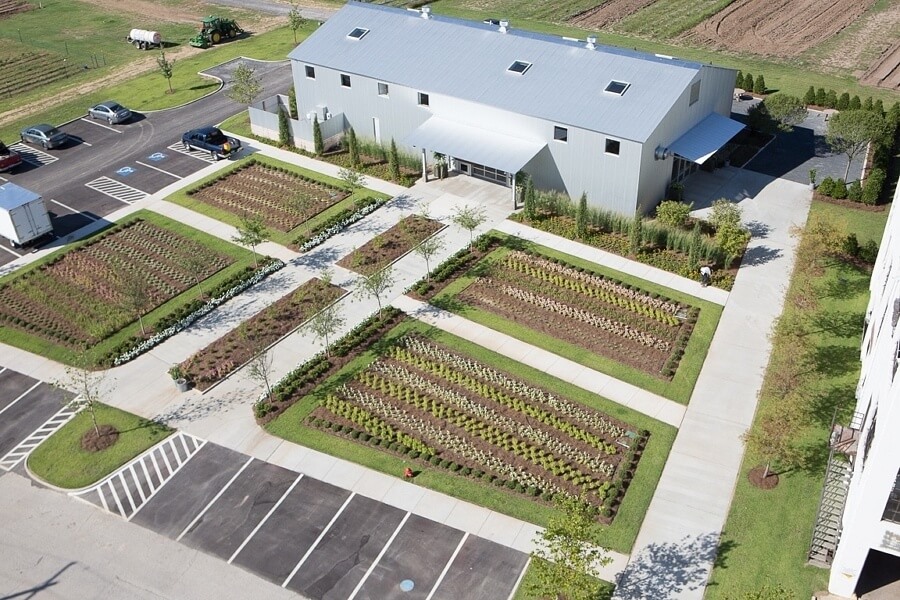

The Delta School
If ever there was a place that makes you want to return to your youth, it’s The Delta School. Founded in 2015 by education expert Jenifer Fox, author of Your Child’s Strengths, The Delta School offers an innovative approach to learning, called “maker-style learning,” which allows students the opportunity to learn by doing. Set foot on The Delta School’s campus, and you’ll instantly sense this environment is different, offering an amazing experience for its learners, leaving adults who have long-since-graduated a bit covetous of its offerings. “The unique combination of intense focus on building a culture based on character strengths combined with innovative programming sets The Delta School apart,” Jenifer, head of the K-12 school, proudly shares. “There is nothing at the school — from the way we greet our guests, to the way we demonstrate our learning — that is not intentional,” a point made crystal clear from the moment you set foot on the beautiful, sprawling campus.
Watching the students in action, it’s clear that not only does the environment play a crucial role in their education, but it’s also the inspiration that fuels their desire to learn. “Traditional education has become such a serious business,” Jenifer explains. “Students seem to have lost the joy of discovery in the traditional system, where one style of learning is considered the only worthwhile way to learn. This shortchanges students. In the Maker’s philosophy, we are focused on solving real world problems, applying the knowledge rather than simply learning for a score.”
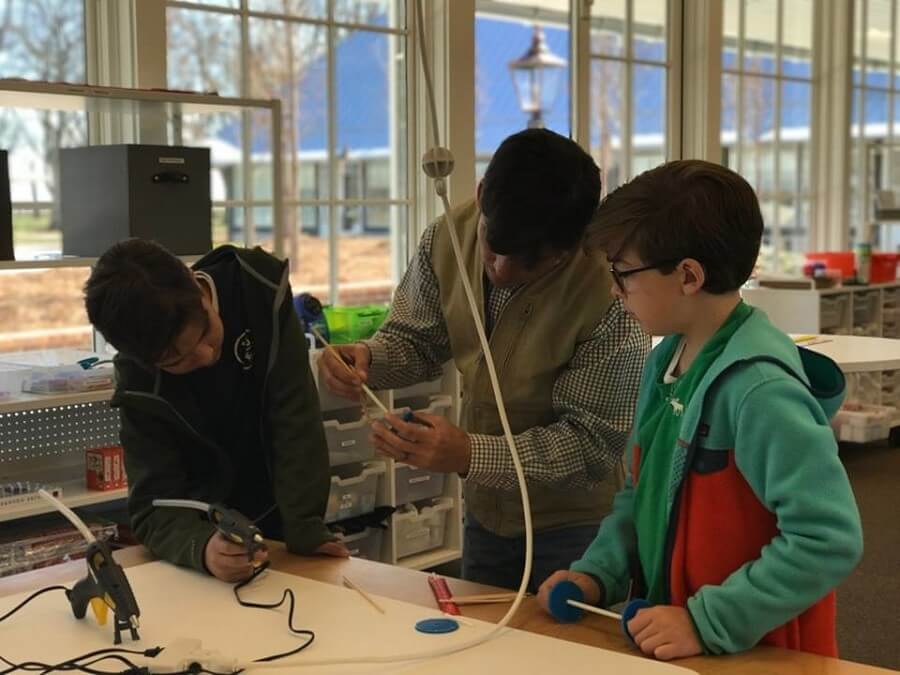
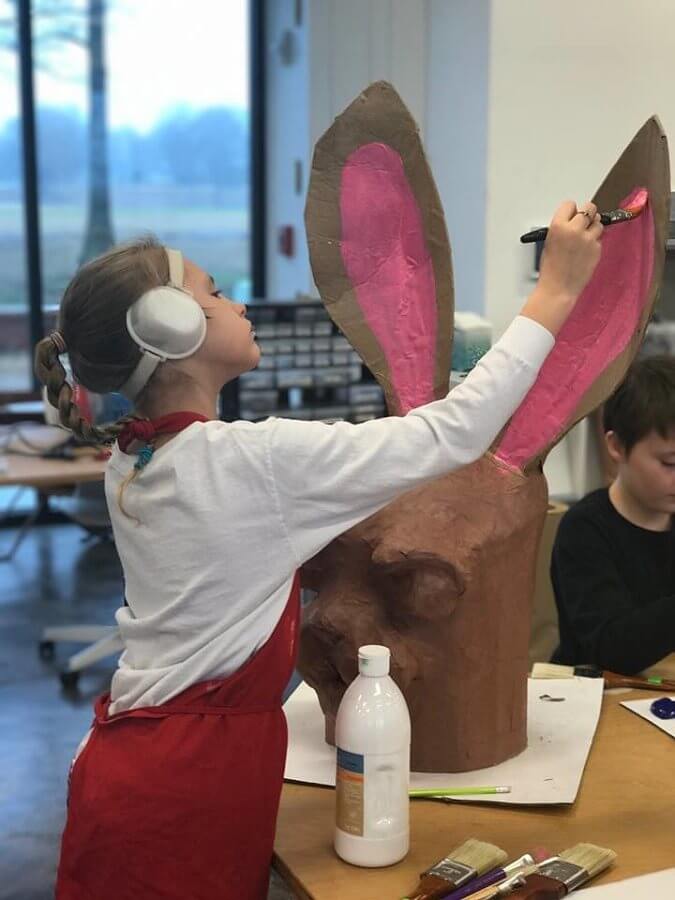

Indeed, this “maker-style” of learning is celebrated and on full display for anyone in — or who drives through — Wilson to see. The greenhouse-like classrooms on the front part of campus offer floor-to-ceiling windows and tons of natural light, but step inside the main building, which also happens to be one of the three original Wilson mansions, and you’ll sense an immediate appreciation for the past driving the future. Bright and inspiring art is found nearly everywhere, and the architectural elements are truly — and quite literally — from another time. The welcoming foyer features a stunning grand staircase that undoubtedly is filled with stories from another century, while the lunchroom serves up farm-fresh food in a communal setting.
You can’t get any more direct access to the pioneer of a learning style than having her lead the school. “When I visited Wilson and met with the people wanting to start a school, I felt there was a strong alignment with how we think. The Delta School offered me the unique opportunity to weave together all the best things I’ve seen over the past 30 years in education, and when I was offered the chance to create my ideal vision for a school, I knew immediately what that looked like,” shares Jenifer. “I have dedicated my life to educating young people, and this was the moment and the place where I felt I could make the biggest contribution of my life.”
“I have dedicated my life to educating young people, and this was the moment and the place where I felt I could make the biggest contribution of my life.” — Jenifer Fox, head of The Delta School
A hat-tip to the region, the “Farm as a Classroom” program teaches young learners to grow and cultivate their own food. By using practical application to enforce the lessons needed for success, the innovative curriculum at The Delta School is what sets this school apart from any other. Every space is inspiring, allowing students to explore science and engineering, arts and crafts, music, gaming and more. Learn more about the signature programs of The Delta School here.
The White House at Wilson
The White House at Wilson is a private corporate retreat used for employees and guests of The Lawrence Group. Another of the three mansions that originally belonged to the Wilson family, the White House has been completely redesigned by renowned Memphis-based designer Lisa Mallory. Having played a crucial role in Wilson’s renewal, Lisa has worked on The White House, The Lawrence Group offices and several of the residences in town. “We definitely wanted to honor the architecture and the rich history in Wilson,” Lisa shares, “but we also wanted to honor the ‘new Modern Wilson’ that the Lawrences are working so hard to create.
“The people who are now living and working in Wilson are creative, professional innovators, so we kept the interiors transitional by marrying traditional architecture with fresh, new furnishings, finishes and materials. We wanted it to be comfortable and classic,” she says of her approach to the spaces she has worked on.

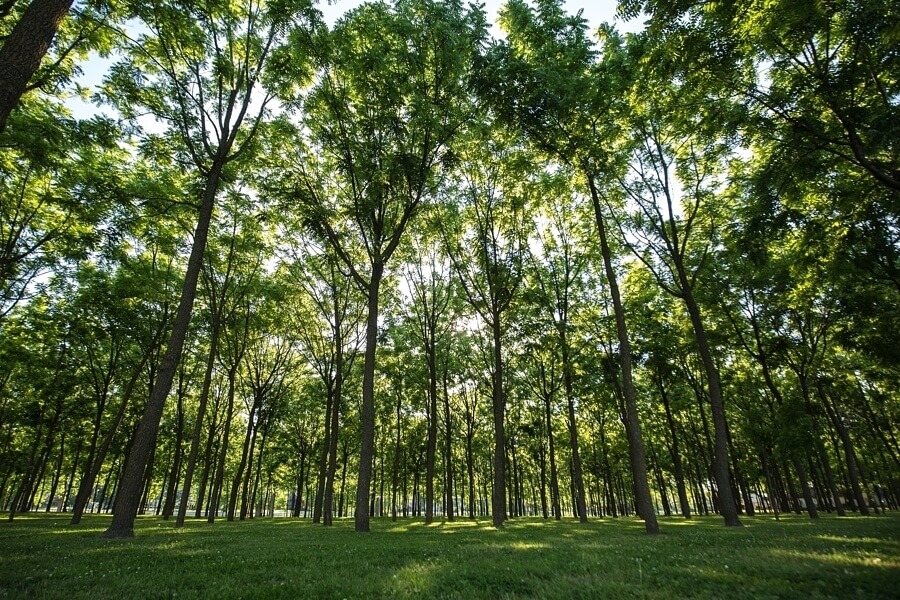
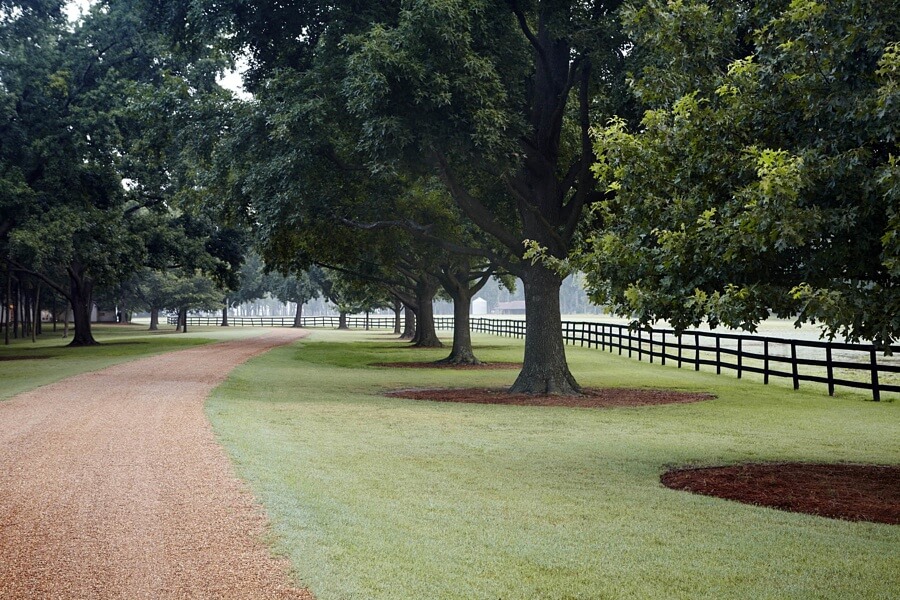




The home is large, yes, but it’s warm and welcoming, offering a true experience in Southern hospitality. Fresh flowers are delivered to The White House several times a week from Garden District, also out of Memphis. And while primarily used for private gatherings, The White House does have several public programs available to both Wilsonians and out-of-towners alike.
“The Culinary Program extends itself to the community through our developing education program,” explains Todd King, Executive Director of Property and Development for The Lawrence Group. “Cooking with Friends” allows guests to walk through the creation of a complete meal led by White House Chef Roberto Barth, and they are then sent home with an oven-ready version to share with family and friends later. “We also offer various series at The White House Kitchen as well as at The Delta School, which is one of our city partners, where we combine taste with chemistry,” Todd continues.
Additionally, The White House at Wilson offers catering and education programs, like The Grove Lecture Series and Wellness at The White House at Wilson. To find out more about The White House at Wilson and ogle some of Chef’s amazing creations.
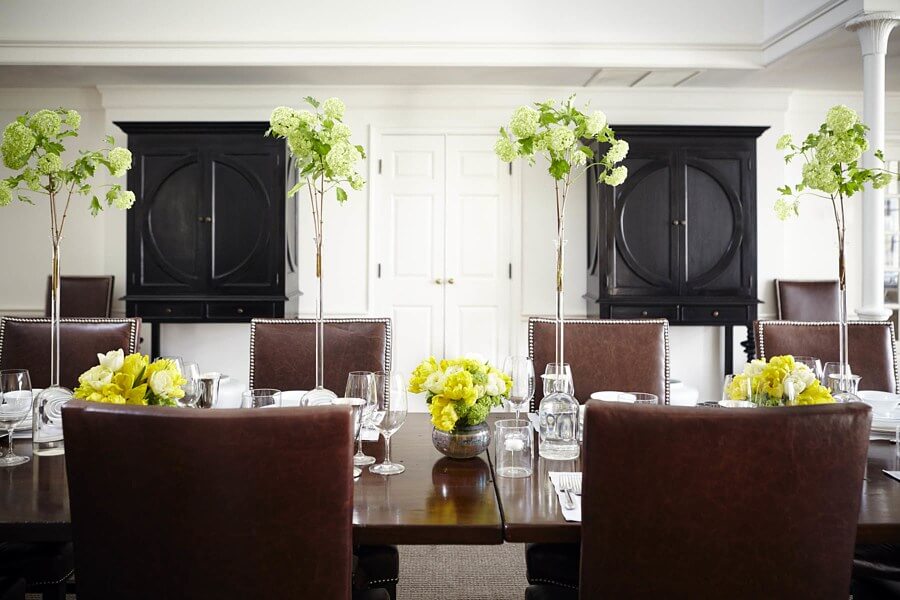


White’s Mercantile
Residents of Middle Tennessee know Holly Williams not only as Hank Williams Jr.’s daughter, but perhaps more so as the owner of H. Audrey and White’s Mercantile, wildly popular businesses found in Nashville and slightly south in Franklin, TN. With Highway 61 — aka “The Blues Highway” — running straight through Wilson, it made sense for this member of music royalty to open a third White’s Mercantile location in Wilson. “The personal stories in our town make us a unique attraction on Highway 61, and the addition of White’s Mercantile to our town will help share the history and story of Wilson,” says Wilson Mayor Becton Bell of Holly’s decision to open her third White’s location there.
The modern-day general store named after her maternal grandparents, which opened just this week, is located in the old Wilson service station, another example of space re-imagined. Shoppers can enjoy the experience of perusing a well-curated inventory, which features unique treasures native to the region.
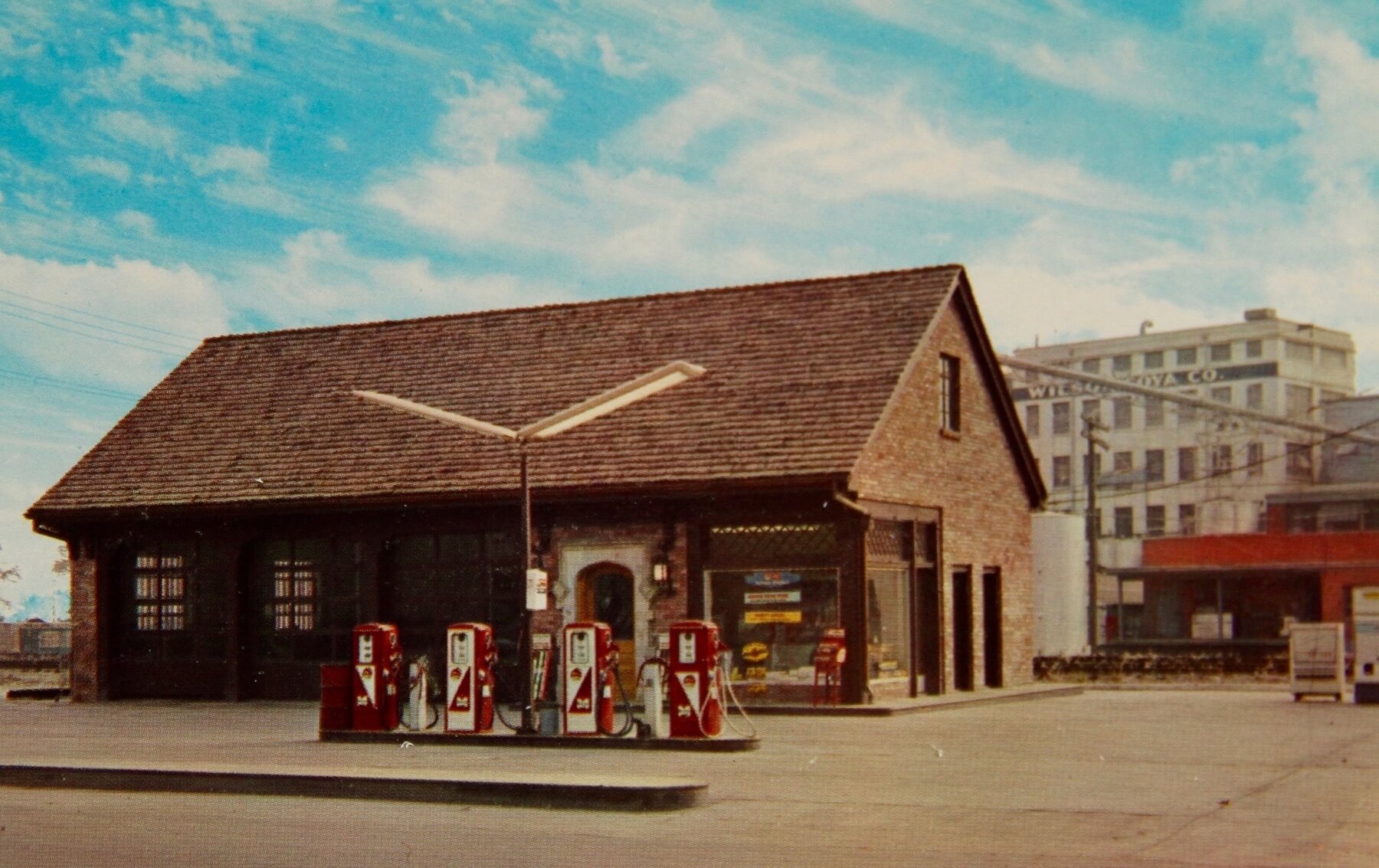


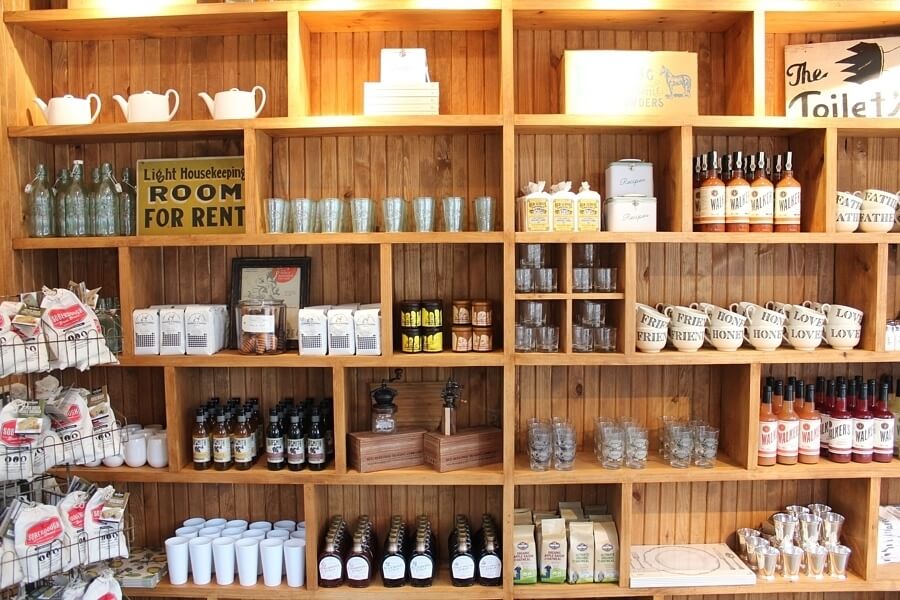
The Town Square
When Lee Wilson’s son, Lee Wilson, Jr., and his bride, Elizabeth Beall, went to England shortly after they were married, he fell in love with all the Tudor architecture he found there. Upon return to Wilson, he shared his newfound passion with his father and insisted that any new buildings were built in that style, and any existing buildings were retro-fitted accordingly. Today, what you’ll find are those same buildings, which have been repainted and repaired, ready for a new generation to walk through their doors.
At the center of the town square is Memorial Park, where you’ll find Lee Wilson’s burial monument. It’s also a vibrant green space in which craft fairs and movie nights take place. Surrounding the square in the restored Tudor-style buildings are several long-standing businesses with new ones on the way. Gunn’s Supermarket, owned by Wilsonian Mike Gunn, is the town’s go-to grocery, and the town bank and post office are a just few doors down.
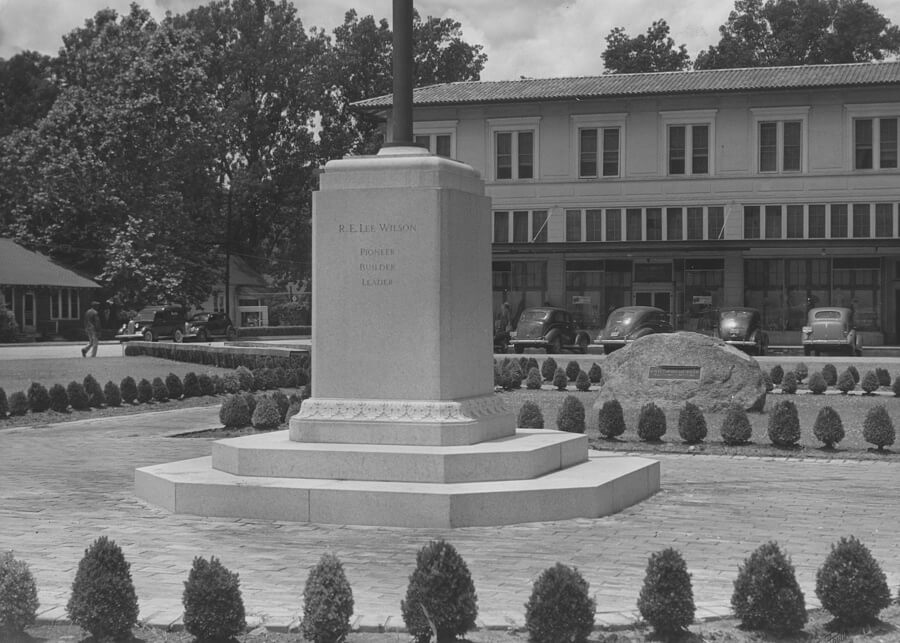
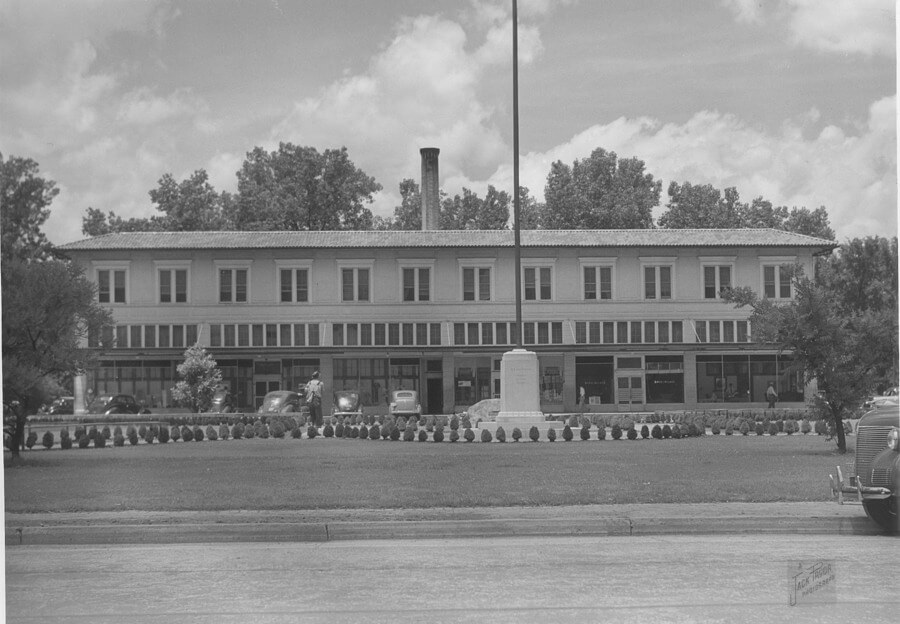
The historic theater on the town square, which is currently closed, is preparing to undergo a renovation and will reopen to show feature films and live performances. The town pharmacy, currently open, will soon include an old-school soda fountain to provide a bit of nostalgia for locals — as well as shake and a bite to eat.
Wilson Cafe is the sweetheart of the square, located on one end of town center. Owned by Arkansas native Joe Cartwright and Shari Haley, Wilson Cafe offers diners tasty options for both lunch and dinner. Creative menu selections include options like “The Fire Bird,” a hot chicken sandwich, which this gal can attest is quite spicy, to milder options like the chicken salad sandwich (also tasty). The veggie plate and an array of fresh salad selections also show up on the menu, all featuring ingredients sourced from Wilson Gardens, which is located no more than 100 yards from the cafe. The sleek interior is unexpected, boasting a rustic-industrial vibe, complete with shiny white subway tile work, industrial piping and rich, wooden tables and accents.
While the dinner menu isn’t vastly different from lunch, the bar menu is definitely worth exploring. Peruse an impressive selection of wines and specialty cocktails that pay tribute to the Southern landscape in which you imbibe, such as the Hayride (vodka, pineapple juice, Disaronno and grenadine) and the Dark & Stormy (Kraken black rum & Gosling’s ginger beer) to name just two.
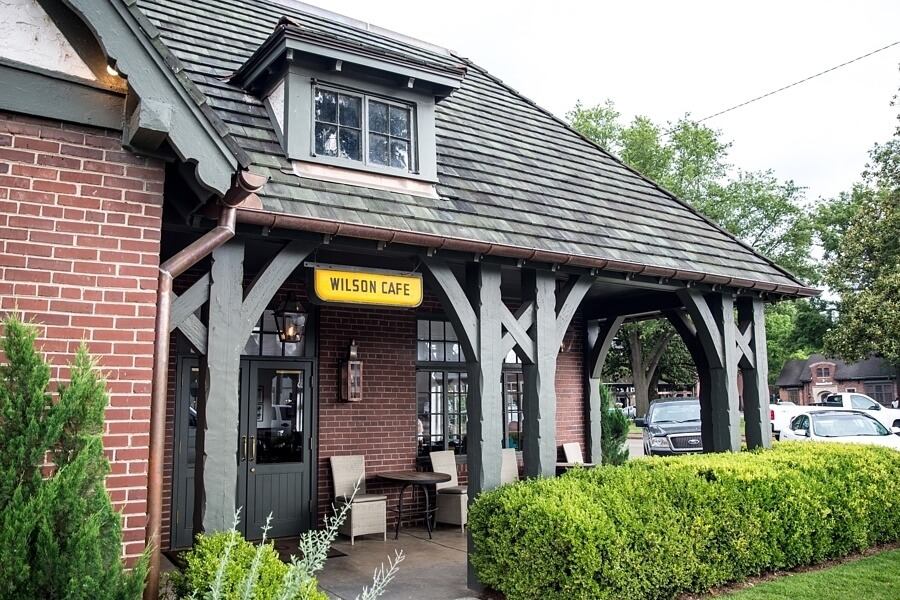
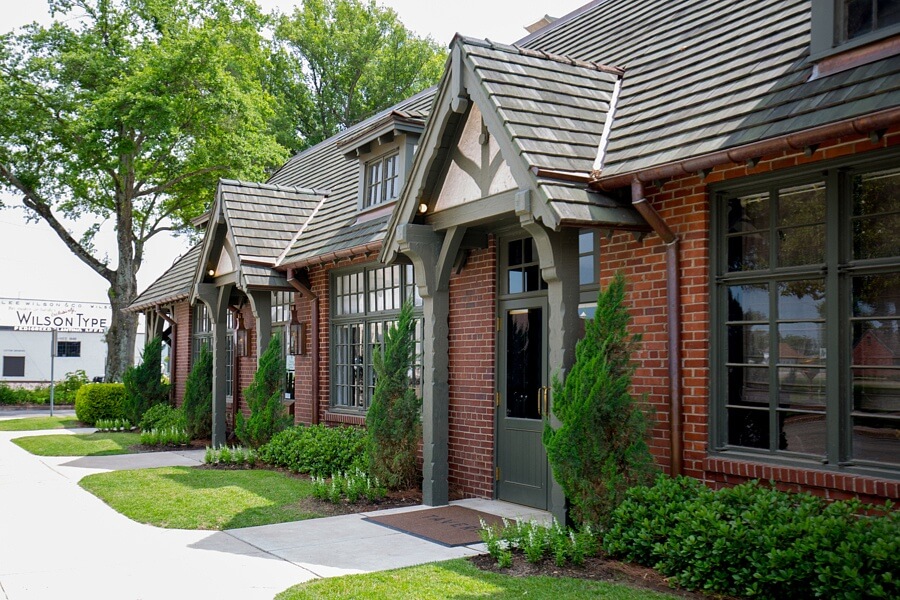
Hampson Archeological Museum
On the other end of the town square, you’ll find the site of the future Hampson Archeological Museum, which is being built to replace the current museum located nearby. The Hampson houses an impressive collection of artifacts that were discovered by the late Dr. James K. Hampson back in the 1920s. The pieces were discovered on and retrieved from the 15-acre plot of land known as the Nodena site, located about 5 miles east of Wilson. The pieces on display date back to 1400 A.D. and tell the story of the Nodena people, their farming practices and their daily lives. The current museum only showcases about 1/3 of the artifact collection, but when the new museum opens in fall 2017 as part of the Wilson renewal effort, visitors will be able to peruse the collection in its entirety and enjoy special programming, interactive exhibits and more.
Still to come …
In addition to all the current innovation and renewal of this intriguing Southern town, there’s still more to come. Wilson is planning to launch an artists in residency program, and while there is currently no lodging for Wilson visitors to stay the night, that’s on the horizon as well. Concert series, craft fairs, culinary programming … there’s no shortage of untapped potential and brilliant initiatives to come.
By harnessing the rich history of Wilson in all of the present and future endeavors, the vision of Josiah and Lee Wilson of a town with so much potential is coming to fruition yet again. New initiatives paired with re-imagined operations are the foundation of the renewal of Wilson, Arkansas, and it is indeed a story unfolding.
If your interest is piqued, a visit to Wilson is definitely worthwhile. Memphis is only about a 45-minute drive, so plan a day trip to Wilson while on vacation in Bluff City. Worth noting, at this point, the cotton has been planted and will be in bloom come late summer/early fall, so if you want to see the beautiful crop that Josiah Wilson knew would thrive in this rich Southern soil, plan your visit accordingly. To learn more about Wilson and plan your trip, visit wilsonarkansas.com.
**********
Find more fascinating destinations to check out — in the South and beyond. Click here!



















